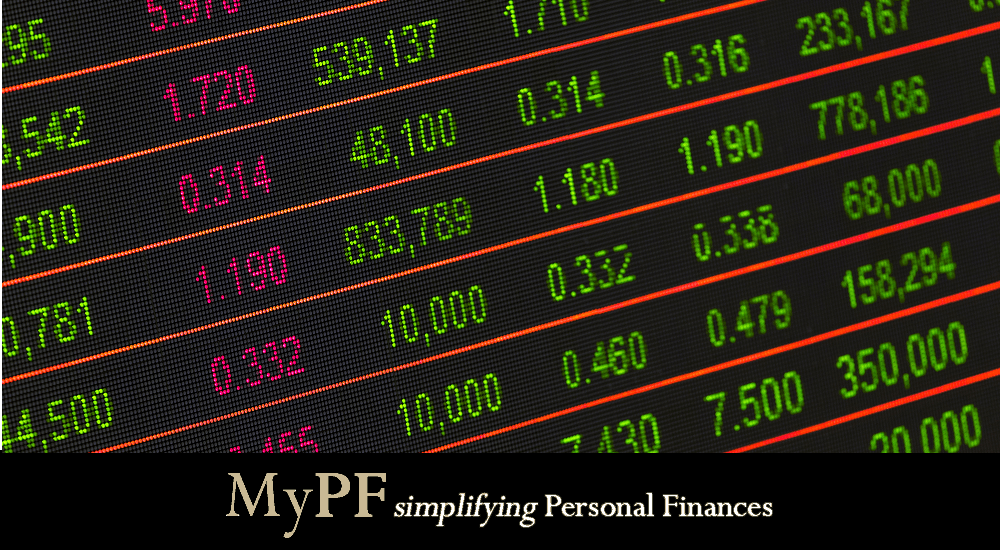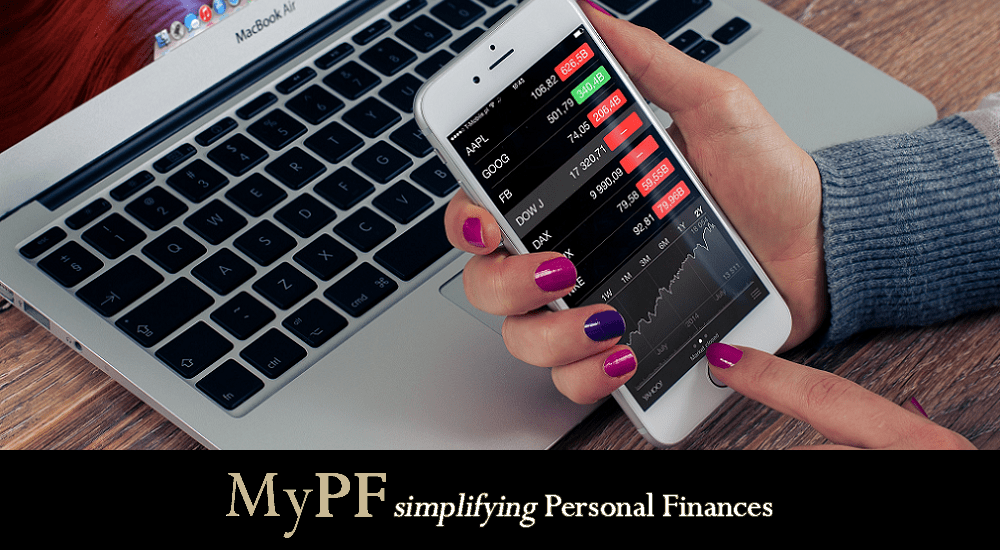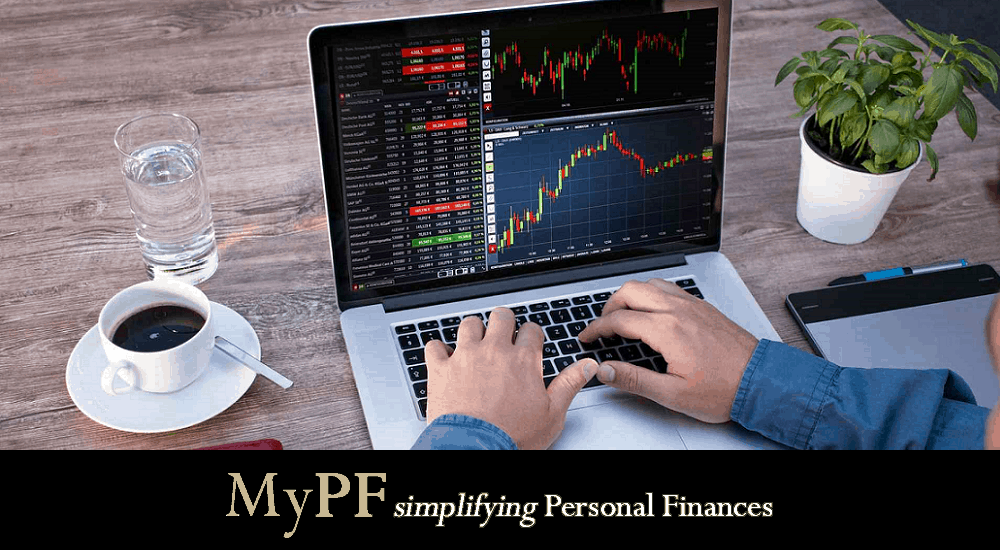Getting down with contract-for-difference trading, starting with the basics.
When it comes to investing, it’s important to know and understand all of your options. A carefully selected and well-thought-out portfolio can mean the difference between profit and loss, so you need to fully comprehend the mechanisms and long-term implications behind any asset you invest in.
This extends to CFD trading. Though this is one of the most poorly understood investment instruments among amateur and experienced traders alike, it can deliver all kinds of advantages. This makes it well worth your consideration – provided you understand what it is you’re investing in.
To help clarify this for you, here’s our brief but informative guide to CFD trading.
Contents
Breaking It Down: How CFD Trading Works
For those who haven’t traded CFDs before, this may well be unfamiliar territory. The term CFD stands for “contract for difference” and this type of trading offers investors a unique opportunity to speculate on the price movement of an asset without investing in it.
CFD trading allows you to profit no matter which way the market moves – providing you guess this correctly. Rather than investing in a physical asset, the trader is making a prediction. They’re agreeing with the broker that if the price moves a certain way, they’ll either receive or pay the difference between the opening and closing value.
How to Profit from CFDs
So, how does a trader make a profit from CFDs? They have to identify one of two opportunities:
- An asset that has a lower buy price today than it will in the near future;
- An asset that is going to drop in the short term.
As you’ll already have surmised, this means you can profit not only on markets that are thriving but those that are falling. This doesn’t mean it’s easy. Unlike shares, contracts for difference don’t provide a yield. The only way to make money from them is to be proactive; to speculate on price movements and know when to sell.
How to Spot Opportunities
Of course, it’s easy to say that in order to make a profit, you need to be able to identify opportunities. The more pertinent question is how you do that. This is where it’s important to know your markets – or at least, to be good at doing research.
Put in the simplest possible way, markets turn on the continual playoff between supply and demand. Rises and falls in prices are tied to this. The more in demand something is, the more likely its price will rise; conversely, when there is a surplus of supply, values tend to fall.
If you want to successfully invest in CFDs, you need to be someone who can spot these opportunities. You can test this by tracking the markets for a few months before committing, making hypothetical investments and sales to evaluate your likely performance.
To do well, you need to be a trendsetter rather than following the crowd. This means being both bold and informed, so you’re able to capitalize on an opportunity as early as possible. Only then will you benefit from the biggest swing in price when it comes to selling your position down the line.
The Takeaway
Contracts for difference are unlike most other investment instruments, but their ability to deliver profits from both upswings and falls in a market make them a handy asset to add to your portfolio. Why not look into them a little further to see if they’d suit your long-term plans?
Have some other tips to share about CFD trading? Do share them with us in the comments.







Leave A Comment